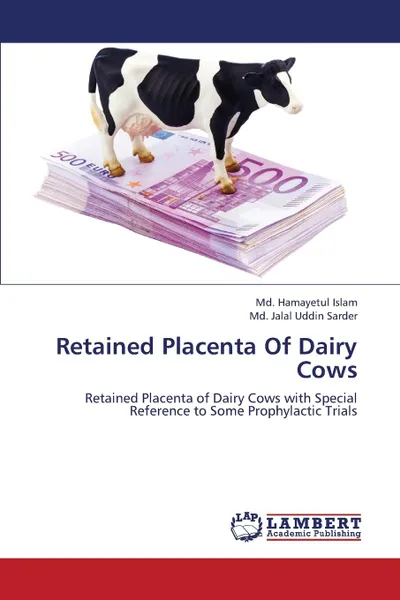Retained Placenta of Dairy Cows 12+
116 страниц
Категория: Энциклопедии, справочники
ISBN: 9783659400551
Язык: Английский
📗 The prevalence of retained placenta of 1205 cows observed in relation to breed, age, body weight, body condition score, parity, season and managemental factors. Genotype of L×SL (4.6%), <3 yrs of age (4.5%), 150 to <250kg body weight (6.4%), fair body condition (7.1%), first parity (5.6%), private dairy farm (11.9%), large sized farm (6.0%), medium housed (6.6%), medium floor condition (6.8%), fed poor quality feed (5.4%) semi-illiterate (5.6%), no farming experience (5.3%), artificially inseminated (11.7%) and normal gestation length (6.2%) & normally delivered (9.5%) cows and summer season (6.2%) of the year. The application of prophylactic drugs was as follows: Group I (n=20) Oxytocin synth @ 5 ml/ cow i/m); Group II (n=20) Methyleargometrine meleate @ 5 ml/ cow i/m); Group III (n=20) PGF2α @ 5 ml/ cow i/m); Group IV (n=20) Herbal Medicine @ 450 ml/ cow orally); Group V (n=20) Control (without drugs). The logistic regression coefficients were found to be positive in all cases whereas only Dinoprost (P<0.05) and Metherspan (P<0.01) was statistically significant. Immediate therapeutic approach after delivery will reduce the chance of retained placenta of dairy cows.
Мнения
